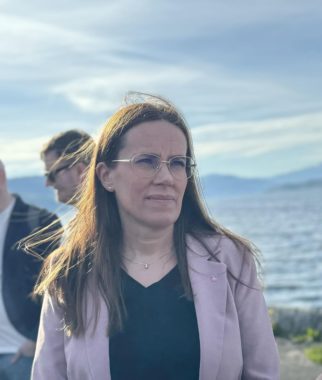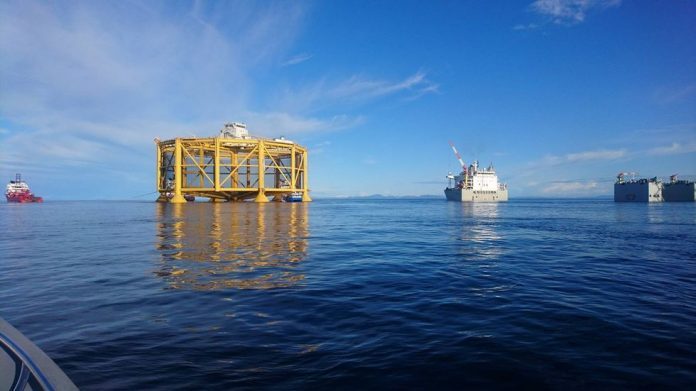DNV completes impact assessment for offshore aquaculture
Risk management consultancy Det Norske Veritas (DNV) has completed an impact assessment for the potential establishment of offshore aquaculture in three designated areas: Norskerenna South, Frøyabanken North, and Trænabanken.
The assessment was commissioned by Norway’s Ministry of Trade, Industry, and Fisheries as part of a broader effort to develop offshore aquaculture.
The report marks a step forward in the government’s initiative to expand fish farming beyond traditional coastal areas.
“This is a new milestone in the government’s work to establish offshore aquaculture,” said Fisheries and Ocean Minister Marianne Sivertsen Næss. “The knowledge we have gained on the environmental impact, fish welfare, and the potential for coexistence with other marine industries will help us remain on track.”

Areas Identified for Development
The assessment follows a process initiated in 2019 by the Directorate of Fisheries, which identified 27 potential areas for offshore aquaculture. After several consultations, three areas were selected for further evaluation. Norskerenna South, Frøyabanken North, and Trænabanken are now the focus of a comprehensive review, aimed at understanding the implications of developing large-scale aquaculture facilities in these regions.
DNV’s report outlines the environmental impacts, the challenges associated with fish welfare, and the potential for interaction with other marine industries, including fisheries and oil and gas operations.
“I want to thank DNV for their thorough work. This report will now be sent for public consultation, and the feedback we receive will play an important role in determining whether these areas are suitable for offshore aquaculture,” said Næss.
Key Findings
The report concludes that Frøyabanken North and Trænabanken are well-suited for offshore aquaculture operations, but highlights challenges at Norskerenna South, where the area’s smaller size and operational complexities could hinder year-round activity.
The report also identifies several risks, including fish escapes and the build-up of sea lice, and stresses the importance of implementing mitigation measures to address these concerns. The establishment of regulatory frameworks and clear guidelines for the design and operation of offshore aquaculture facilities is expected to reduce the likelihood of these events.
The government has now opened the report to public consultation, and feedback will inform future decisions regarding the viability of offshore aquaculture in these areas.


